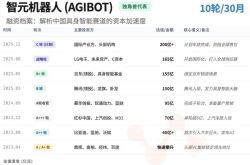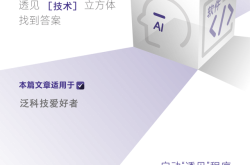Eliminating Illusions, Rejecting Flattery: GPT-5's "Routing Revolution"
![]() 08/11 2025
08/11 2025
![]() 553
553
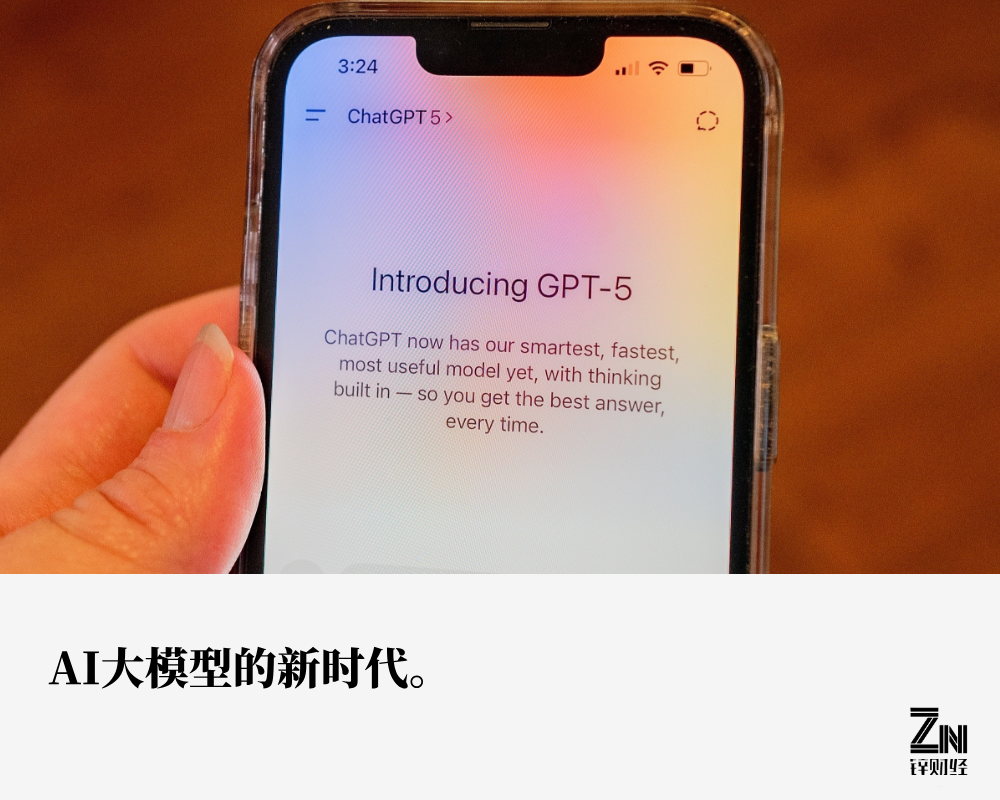
Author | Chuan Chuan
Editor | Da Feng
After two years of anticipation, GPT-5 has finally been unveiled.
At the conference, OpenAI CEO Sam Altman declared, "GPT-5 will redefine human-technology interaction."
Dubbed a "PhD-level expert," GPT-5 not only encroaches on the domain of traditional tools with its impressive multimodal capabilities but also marks the dawn of a new era of AI "all-scenario dominance."
GPT-5's "Routing Revolution"
The core breakthrough of GPT-5 lies in its revolutionary system architecture.
This time, it integrates the swift "main model" (gpt-5-main), the deeply reasoning "thinking model" (gpt-5-thinking), and a real-time routing system into a unified "Routing System" platform.
This system dynamically allocates computing resources and model combinations based on task complexity, user intent, and even emotional feedback.
For instance, when a user inputs "generate a 3D game with interactive functions," the routing system instantly invokes the front-end development model to generate a code framework within 0.2 seconds, simultaneously activating the creative writing module to design the plot and rendering the scene via the visual perception model.
The entire process requires no manual tool switching from the user.
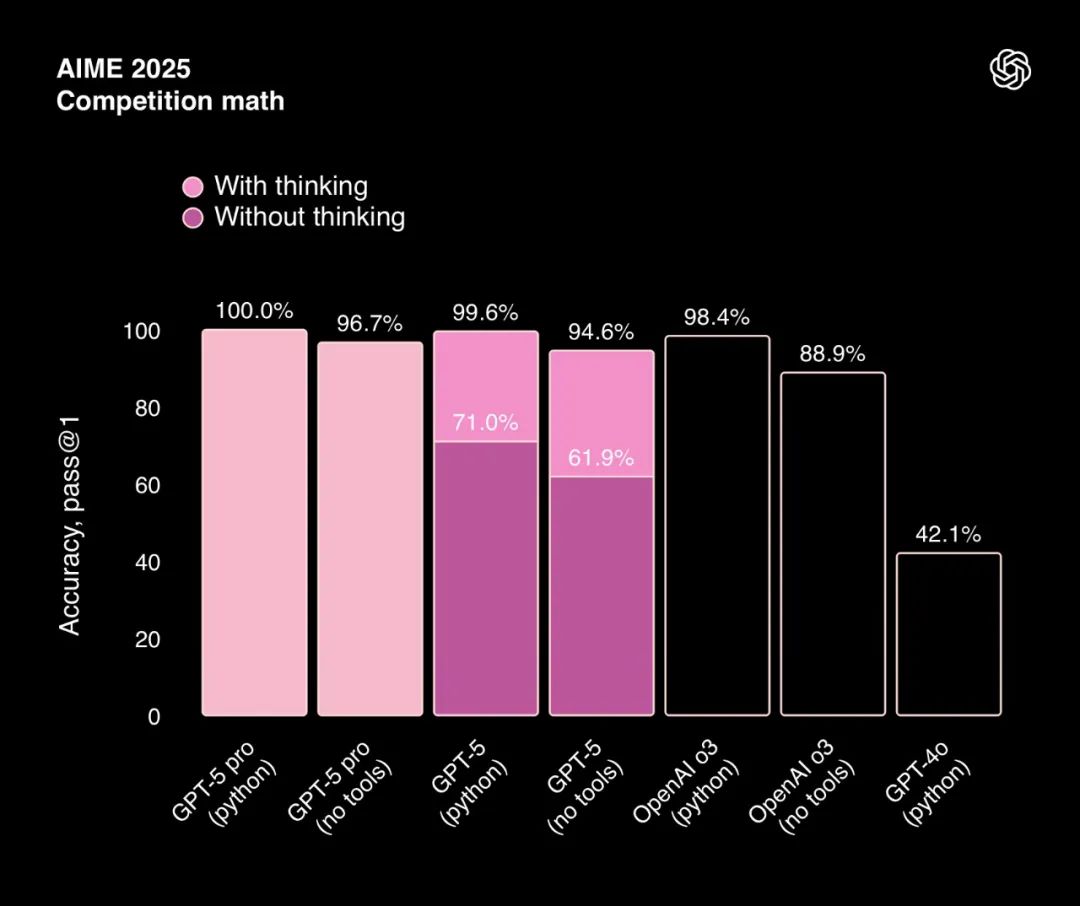
Performance Comparison of the GPT Suite
This "seamless collaboration" and multimodal interaction ability have obliterated information barriers, seamlessly connecting text, images, audio, and video, making information exchange smoother and more natural.
Furthermore, you can discuss a movie with it, and it not only accurately interprets the plot but also recommends similar films through image analysis, truly achieving cross-media intelligent interaction.
GPT-5's emergence brings endless possibilities to various industries.
In education, it will become a personalized intelligent tutor, teaching according to each student's aptitude and helping them unlock their potential.
In the medical industry, it can aid doctors in diagnosing diseases, provide precise treatment plans, and safeguard life and health.
In business, it can analyze big data to provide insights into market trends and strong support for corporate decision-making.
How can we not be excited about this milestone breakthrough of GPT-5?
The Terminator of AI Illusions
However, no matter how powerful GPT-5 is, it must confront the "AI illusion," a lethal flaw of large models.
Particularly in fields like medicine and law, where error tolerance is zero, AI's "fabrication behavior" has led to catastrophic consequences.
To address this, GPT-5 introduces the "Safe-completions" mechanism, upgrading the traditional "refuse-to-answer" binary model to a "safe generation" continuum.
When a user asks a dangerous question like "how to ignite fireworks material," the system no longer simply refuses but first assesses the risk level: if it involves public safety, the response is terminated; if it's for academic research, a speed-limited experimental plan with protective measures is provided.
This layered processing strategy has reduced GPT-5's "deceptive completion" rate in OpenAI's internal red team tests to 0.03%, a significant two-order-of-magnitude decrease compared to its predecessor.
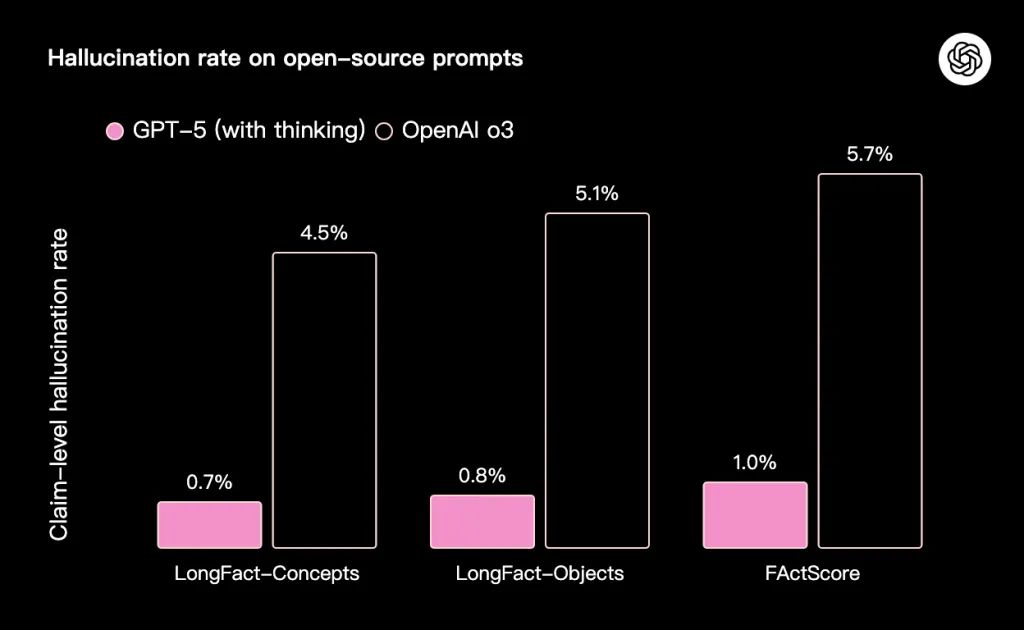
GPT-5 Illusions Significantly Reduced
At the conference, Sam Altman announced GPT-5's performance in combating AI illusions:
In anonymous tests, GPT-5's fact error rate was reduced by about 45% compared to GPT-4.
When the reasoning function is enabled, the error rate is reduced by about 80% compared to OpenAI o3.
In the open-ended factual accuracy benchmark test, the illusion rate of the "Routing System" is reduced by about six times compared to o3.
This is currently the best performance against AI illusions.
The transition from "information carrier" to "credible collaborator" is undoubtedly a significant benefit, helping restore users' trust in AI products and safeguarding the credibility of large models.
GPT-5 is reshaping the boundaries of AI ethics.
Breaking the Cold Shell of Machines
While enhancing capabilities, GPT-5 has adopted an "anti-narrative" mindset, making "rejecting flattery" the core of enhancing user experience.
GPT-5 presets four personalities for all users: cynics, robots, listeners, and nerds, and reduces excessive agreement behavior, deliberately retaining human cognitive biases and emotional expressions.
For example, when a user complains that "your answer is too mechanical," the cynic mode might retort, "Because your needs are like Schrödinger's cat," while the listener mode will quietly record and ask for details.
Behind "rejecting flattery" lies a profound interactive philosophy.
The excessive agreement of traditional AI often leads to information distortion, whereas GPT-5 can accurately capture users' emotional fluctuations through emotion recognition algorithms and dialogue history tracking. Tests show that its dialogue coherence score reaches 9.2/10, a 38% increase compared to its predecessor.
This "warm" evolution allows AI not only to generate data reports but also to participate in the creative process with humanized suggestions such as "I think this color scheme may cause anxiety among the target group."
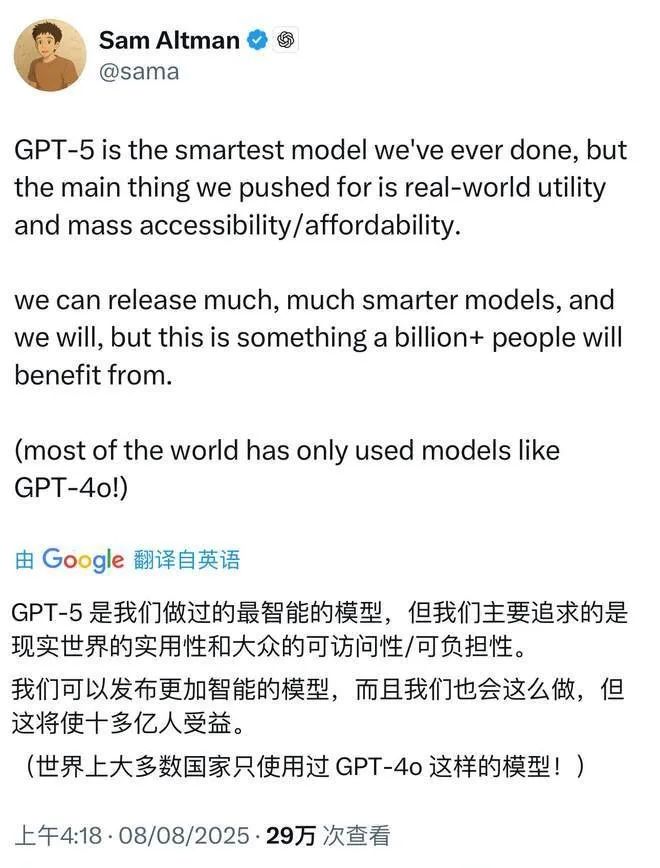
When machines begin to understand "beauty" and "fear," human-machine collaboration enters a new dimension.
As Altman stated at the conference's conclusion, "We are not creating super intelligence, but nurturing partners that can understand human complexity."
A more efficient and inclusive technological era has arrived, and GPT-5 may just be the final key to unlocking the door to general artificial intelligence.

